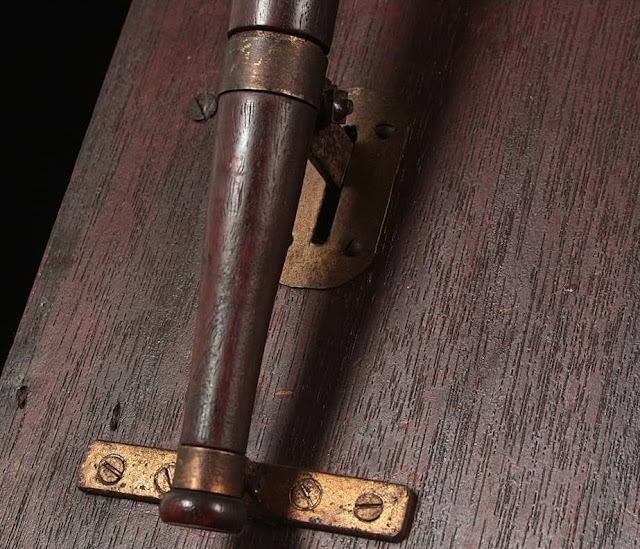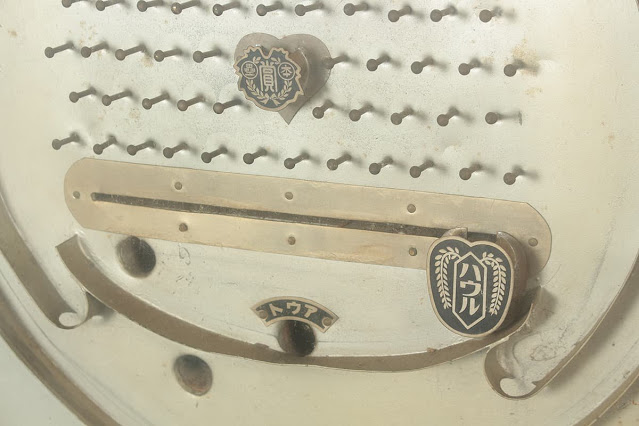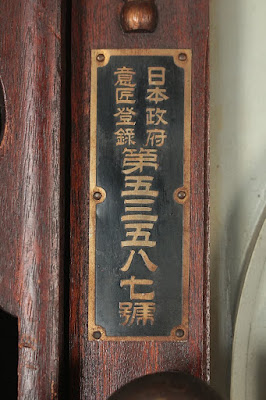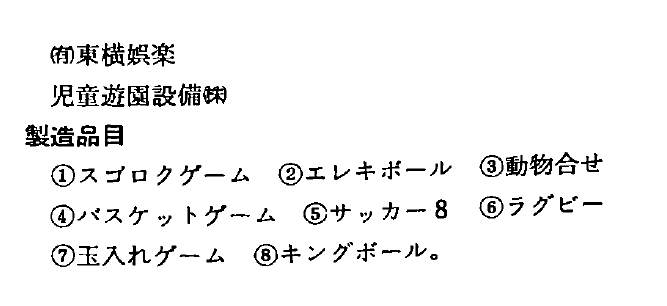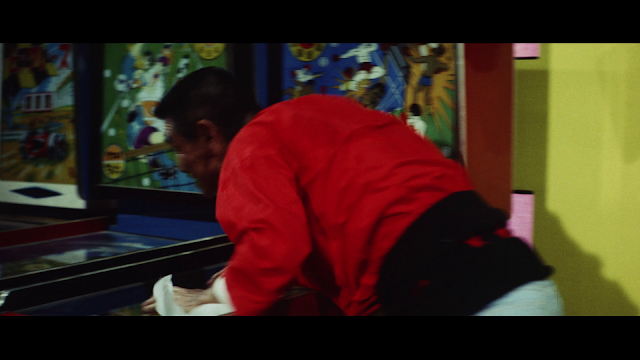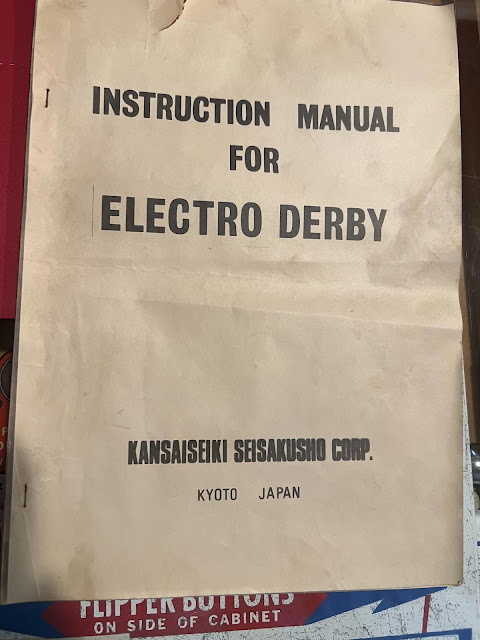We have now surpassed 4500 machines!! 現在4500台以上のマシンを掲載しております!!
The machine tally is currently 4566.
マシンの合計数は現在 4566 です。
Prior milestones: これまでのマイルストーン:
- 2024-02-07: 4000 machines // 4000台
- 2023-05-10: 3500 machines // 3500台
- 2022-11-01: 3000 machines // 3000台
- 2022-02-03: beginning of this blog. We probably had over 2000 machines listed.
このブログの冒頭では、おそらく 2000 台以上のマシンがリストされていました。
I would like to thank everyone who has been contributing to this project. A number of contributors have asked to remain anonymous, but I want to thank you all for your generosity of both time and resources. And thank you to everyone who contributes to the history of arcades by sharing their knowledge and scans on all sorts of social media sites.
このプロジェクトに貢献してくださった皆様に感謝申し上げます。匿名を希望する貢献者も多数いらっしゃいますが、時間とリソースを惜しみなく提供していただいた皆様に感謝申し上げます。また、さまざまなソーシャル メディア サイトで知識やスキャンを共有してアーケードの歴史に貢献してくださった皆様にも感謝申し上げます。
This is a community-focused project. It has been built by dispersed collectors and researchers, and I am helping to shape a useful dataset for everyone to utilize. I hope you feel a similar satisfaction about this project as I do. I am grateful to have been trusted with such material. This is history that needed to be recorded and shared, and I am satisfied to help produce this body of research. The research will outlive my own collection. I am happy it will assist in arcade preservation efforts world-wide.
これはコミュニティに焦点を当てたプロジェクトです。これは各地に散らばった収集家や研究者によって構築されており、私は誰もが利用できる有用なデータセットの形成に協力しています。皆さんも私と同じようにこのプロジェクトに満足していただければ幸いです。このような資料を任せていただいたことに感謝しています。これは記録して共有する必要のある歴史であり、私はこの研究成果の作成に協力できたことを嬉しく思います。この研究は私のコレクションよりも長く残るでしょう。世界中のアーケード保存活動に役立つことを嬉しく思います。
[Note: All translation is done with Machine Translation tools]
[注: すべての翻訳は機械翻訳ツールで行われています]
Will we make it to 5000 machines?
5000台まで到達できるでしょうか?
I am unsure if we will reach 5000 machines. I think it is possible, but with the current set of research materials available to me it will not happen. I have been actively gathering research materials for a number of years, and we are nearing the point where everything I need is either too rare or too expensive. I would like to outline some of the difficulties this project is facing.
5000 台のマシンに到達できるかどうかはわかりません。可能だとは思いますが、現在入手できる研究資料では実現しないでしょう。私は何年も研究資料を積極的に収集してきましたが、必要なものがすべて希少すぎるか高価すぎるという状況に近づいています。このプロジェクトが直面しているいくつかの困難について概説したいと思います。
Current challenges to the Eremeka Project:
エレメカ リスト プロジェクトにおける現在の課題:
Flyer Prices: Any remaining flyers and catalogues I'm interested in have been selling for 20k-50k. If you collect these items, would you please consider contributing scans to the project? Any information or images would be greatly beneficial to documenting this history.
チラシの価格: 私が興味を持っている残りのチラシやカタログは、20,000~50,000 で販売されています。これらのアイテムを収集している場合は、スキャンした画像をプロジェクトに提供することを検討してください。情報や画像は、この歴史を記録するのに非常に役立ちます。Incredibly Rare Flyers: I have seen some incredibly rare flyers that I would love to have images of, but worry I will never be able to see them and add their information.
非常に珍しいチラシ: 非常に珍しいチラシをいくつか見ましたが、画像があればいいのですが、それを見て情報を追加することは決してできないのではないかと心配しています。In this photo from @pachinkotanjo a guest at the Birth Of Pachinko Museum shows off 3 extremely rare flyers from the 1930s. (archive)
@pachinkotanjoのこの写真では、パチンコ誕生博物館のゲストが 1930 年代の非常に珍しいチラシ 3 枚を披露しています。(アーカイブ)This seller has a 1966 Senyo Kogyo catalogue (archive,) and while I added information from the glimpses I can see in the photographs, I would absolutely love to get a scan of this to include the information into the database.
この販売者は 1966 年の Senyo Kogyo カタログ (アーカイブ) を所有しており、写真で垣間見える部分から情報を追加しましたが、この情報をデータベースに含めるために、ぜひこれをスキャンして入手したいと思っています。- Pachinko Magazines: I have been unable to track down any copies of pachinko industry magazines from the 1950s to early 1980s. I am pleading for anyone who may have these, or know where they can be accessed, to please get in touch with me. If I could see the first decade or two of 遊技通信 (1951-1990) I would be incredibly happy. I believe it is filled with crucial information. 全遊連弘報 launched in 1965 and there might be copies at the National Diet Library. グリーンべると launched in 1966. Are there other industry magazines I should be looking for? 1950s-1980s
パチンコ雑誌: 1950 年代から 1980 年代初頭までのパチンコ業界雑誌のコピーを 1 冊も見つけることができませんでした。これらの雑誌をお持ちの方、または入手できる場所を知っている方は、ぜひ私に連絡してください。遊技通信 (1951-1990) の最初の 10 年か 20 年を見ることができれば、とてもうれしいです。重要な情報が満載だと思います。全遊連弘報は 1965 年に創刊され、国立国会図書館にコピーがあるかもしれません。グリーンべるとは 1966 年に創刊されました。他に探すべき業界雑誌はありますか? 1950 年代 - 1980 年代 Meeting Collectors: Networking with other electromechanical collectors in Japan has been difficult. I have found message boards for collectors of EM games in Canada, USA, France, Italy, UK, and Germany. But I have found no boards for Japanese collectors. I would love to contact collectors in order to learn more about Japanese machines, and to share our mutual passion for collecting EM machines.
コレクターとの出会い: 日本国内で他の電気機械コレクターとのネットワーク作りは困難でした。カナダ、米国、フランス、イタリア、英国、ドイツで EM ゲームのコレクター向けの掲示板を見つけましたが、日本のコレクター向けの掲示板は見つかりませんでした。日本のマシンについてもっと知り、EM マシン収集への共通の情熱を共有するために、コレクターと連絡を取りたいと思っています。Type Approval Numbers: The Type Approval Numbers research that I hope to locate might be at the National Diet Library. It might be a very arduous and slow process to retrieve it, but I am unsure. Would anyone in Japan be willing to assist in this research? Perhaps there is an easier method? Perhaps I could hire a university student near an appropriate NDL location?
型式承認番号: 私が探したい型式承認番号の調査は、国立国会図書館にあるかもしれません。それを取得するのは非常に困難で時間のかかるプロセスかもしれませんが、確信はありません。日本でこの調査を手伝ってくれる人はいませんか? もっと簡単な方法があるのでしょうか? 適切な国立国会図書館の近くの大学生を雇うことはできるでしょうか?Magazines Needed: I need magazines from the 1980s! They are selling for over 10k each and I keep losing auctions. I have very few magazines from the 1980s and it is a large hole in the dataset. I will post a list of the magazines I have processed for information. If you have any other magazine issues, I would love a scan of it, or the chance to purchase it so we can scan it.
雑誌募集: 1980 年代の雑誌が必要です。1 冊あたり 1 万ドル以上で売られており、オークションで負け続けています。1980 年代の雑誌はほとんどなく、データセットに大きな穴があります。情報として処理した雑誌のリストを投稿します。他の雑誌をお持ちの場合は、スキャンしたものをお送りいただくか、購入してスキャンできるようにしていただければ幸いです。



